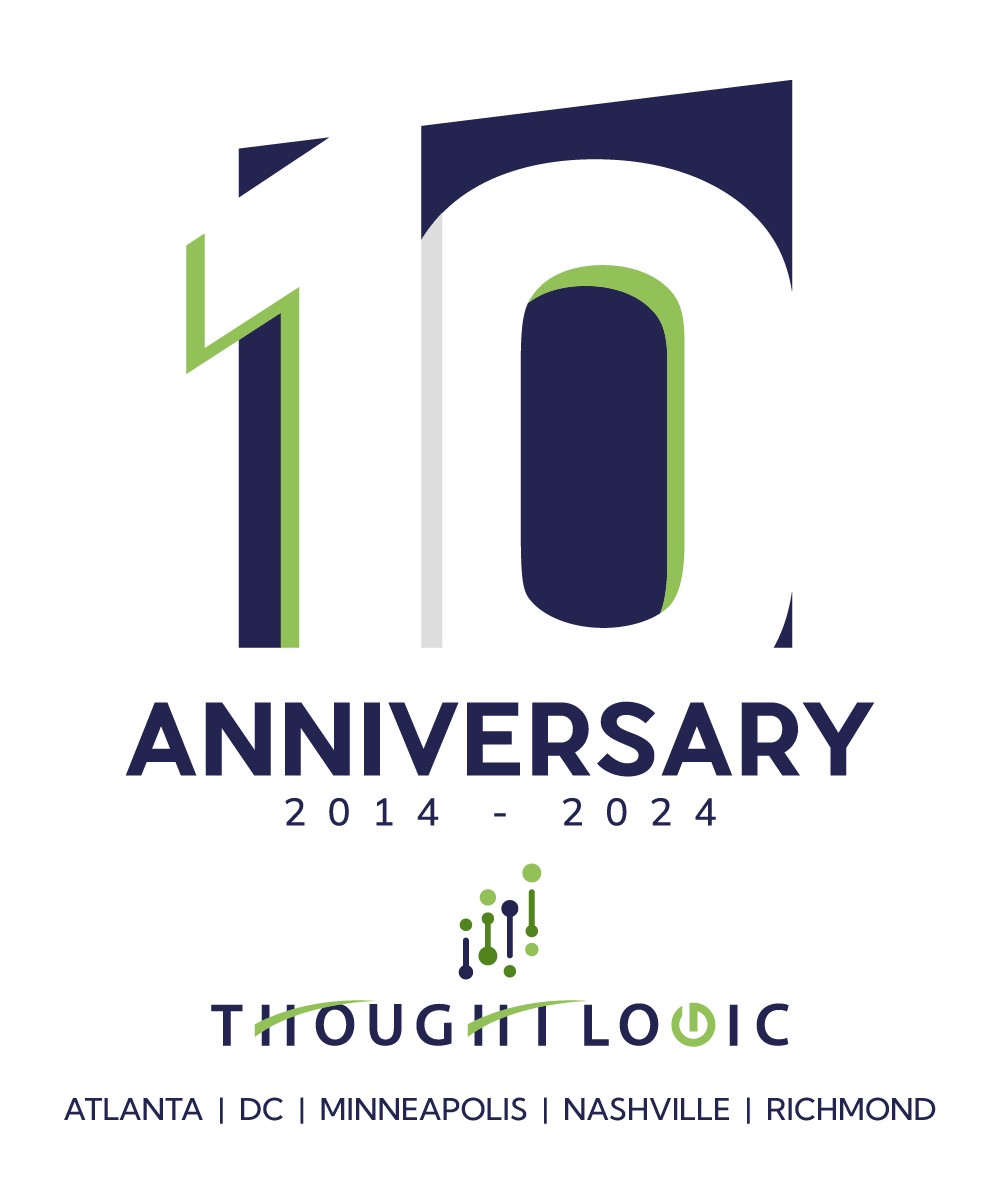Sustainability Reporting: The New Normal in Business Transparency and Value Creation
Are you ready for the SEC climate disclosure rules, and for the evolving global compliance reporting environment?
One of the most talked about business acronyms of 2023 is ESG. At its core, it’s a mechanism for investors and businesses to evaluate risks and opportunities across Environmental, Social, and Governance dimensions. It is not a new philosophy, and since the post-Enron era, investors have increasingly demanded more rigorous evaluation methods for screening financial exposure.
Until now, most large public U.S. companies – and some private ones – have shared this information on a voluntary, if not inconsistent, unreliable, and incomparable basis. This year, however, is pivotal on two fronts:
Regulatory bodies in the U.S., Europe, Asia, and elsewhere are expected to codify Sustainability reporting standards into local laws. The inaugural standards of the International Sustainability Standards Board (ISSB), issued June 26th and effective for fiscal year 2024, will only accelerate this trend. And domestically in the U.S. while we await for the release of the SEC climate disclosure rules, Gov. Newsome of California has signed SB 253 and 261 into law, requiring public and private companies with over $1 billion in annual revenue to disclose their Scope 1, 2 and 3 Greenhouse Gas emissions among other requirements .
The “Alphabet Soup” of ESG – consisting of multiple reporting frameworks and standards – is beginning to consolidate, with the recent announcement that the ISSB will take over the Task Force on Climate-related Financial Disclosures’ (TCFD) monitoring of companies’ progress toward decarbonization.
As with any regulatory change, some jurisdictions will lead while others lag – data privacy laws pioneered in the E.U. are a recent example of this dynamic. Similarly, companies will make choices to either be at the forefront of these changes or adopt a wait-and-see approach. Some companies may choose the latter approach if the requirements do not immediately impact them.
Yet being reactive misses the larger point: that regulators are only one source of this demand for more transparency. Investors, customers – both businesses and consumers – and employees already apply pressure for more visibility into ESG measures. The era of more transparency, whether we call it ESG or not, is here to stay.
Creating Value Through Transparency
A 2022 Deloitte survey supports the trend towards transparency by showing that 81% of executives have created new roles to support ESG disclosure. Moving beyond compliance readiness, leaders in this space view disclosure requirements as an opportunity for establishing competitive advantages – or in some cases to keep up with their peers – while transforming their companies, industries, and value chain ecosystems.
In one recent study from Sustainability rating platform EcoVadis, in conjunction with Bain, two examples stood out regarding the link between ESG and value creation. Organizations with sustainable supply chain practices exhibited a 3 to 4 percentage point advantage in margins. Also, companies in carbon-intensive industries specifically also reported higher EBITDA when deploying renewable energy.
Sometimes this value creation may manifest itself in the short term, for example, through cost savings from operational efficiencies. But the real value creation tends to be evident in the longer run, long after all the quick wins have been realized and plateaued. That longer term view enables capital investment and innovation, it creates resilient customer relationships, and it builds a more engaged, loyal, and productive workforce.
Preparing Your Organization
To achieve Sustainability leadership with a focus on transparency and value creation, corporate boards and management teams must balance short-term pressures with long-term goals. Key strategies include:
- Alignment of Key Roles: Ensuring Finance, Corporate Strategy, and Sustainability / ESG leaders are aligned, or even merging roles where suitable, to foster coherent reporting and strategy.
Incentivizing Sustainable Outcomes: Connecting executive incentives to long-term Sustainability goals reinforces commitment to transparency and long-lasting growth.
Embedding Sustainability Metrics: Critical functional partners must integrate sustainability metrics into daily operations via their existing scorecards and performance reviews. This ensures that ESG transparency isn’t just a policy but a practice.
The evolution of organizational and human aspects is equally vital. Sustainability and ESG teams’ talent needs are becoming more sophisticated, including the recruitment of internal Finance, Accounting, and Data professionals. These individuals also need to possess key soft skills such as storytelling, influencing, flexibility, all of which are valuable when interacting with boundary partners with competing priorities.
In a business landscape where transparency is key, these focused strategies help organizations not only report accurately on their Sustainability and ESG efforts but also create value through clear, accountable practices.
ESG Data Foundations
The foundation of ESG reporting lies in understanding and leveraging the existing data within organizations. From a climate data perspective, Persefoni’s CEO summed it up this way: “the corporate climate data problem is simply the enterprise data problem. It’s all the same data sets that sit within our companies, that are under-utilized, wrongly utilized, or unable to be utilized”. In other words, the challenges in managing Sustainability and ESG data are not unique to those teams but mirror the broader struggles that many organizations face with utilizing their existing data, and these issues can often be addressed with the right internal and external support.
Organizations with the right data strategy can address problems and risks such as manual processes, poor data quality and consistency, and lack of visibility and real time insights that plague corporate Sustainability practitioners. In addition, as the reporting demands from stakeholders continue to grow, so does the quantity of the related data. That’s where data governance and management practices, combined, can assist designing, documenting, and executing the processes to produce high quality ESG and decarbonization data to be leveraged in analytics and external reporting.
Investor-Grade ESG Data
In the realm of ESG reporting, achieving investor-grade data quality is paramount. Just like companies treat financial statement data, that’s how leading firm should think of their ESG-related data – accurate, verifiable, comparable, and trust-worthy. This is not merely about aggregating information; it’s about ensuring that the data is precise, complete, and comparable across timeframes and sectors. Thought Logic’s approach starts with embedding rigor, processes, and controls that align with international standards and best practices. This foundation assures the integrity of internal and external ESG reporting, bolstering confidence among stakeholders.
The second aspect of achieving investor-grade data quality involves an organization-wide collaboration. It requires diverse functions to come together, understanding the nuances of ESG factors, and integrating them into a cohesive reporting strategy. It’s a multi-disciplinary endeavor that transcends traditional boundaries, fostering a culture of transparency and accountability, including if necessary, redesigning and optimizing existing prioritization, funding, and operating models.
In Closing
A common question we hear is whether this regulatory paradigm shift is similar in size, scope, cost, and impact as the passing of the Sarbanes-Oxley Act of 2002 in the U.S. The consensus amongst practitioners, academia, and other subject matter experts is that it’s a much broader change. Why? While SOX had an aggressive yet clear timeline for compliance, its scope was more limited, and its reporting was restricted to corporate functions that were already accustomed to data collection, disciplined reporting processes, and audit. The three dimensions of ESG, on the other hand, require broad cross-functional efforts within companies and with the help of external third parties to produce consistent, comparable, and quality information that comply with upcoming SEC and E.U. rules, and other potential future requirements.
Please remember the recent lessons of the E.U. privacy laws’ rollout. Did your organization allocate the appropriate level of resources for that change? Will your organization be ready to provide investor-grade ESG data in a not-so-distant fiscal year? Furthermore, do you have a vision for what a consolidated financial and ESG report will look like for your company? Thought Logic’s experience in Sustainability and ESG, Data and Analytics, Organizational Solutions, and functional expertise in Finance, Sales, and Marketing that can help your organization through this journey. To learn more about our capabilities, please contact Juan Sierra at juans@thought-logic.com.

About Digital Enablement
Thought Logic’s Digital Enablement smartSolution provides full-circle capabilities that help keep organizations keep ahead of digital change.

Sign up to receive future Insights in your email box.
Never miss an update.










